As it's name may suggest, Volcan Masaya National Park is a landscape defined by a volcano. The surrounding area provides a cross-section of time, a time lapse of how over centuries each eruption has given way to new life. The first colonizers arrive by air - these lichens begin the transformation of black rock lunar terrain to verdant forest. As these lichens loosen the rock and release nutrients, seeds begin to gain a foothold. As larger plants gain a foothold, they provide the shade and water retention to nurture the next generation. Eventually, birds and bats and other animals join the cycle.
Smoke and sulphur obscure the depths of the active crater. A breeze unfurls the soft grey folds revealing layers of time in the sloping rock along the crater's lip. These glimpses are fleeting and always the bottom remains shrouded, its expanse unknown. Above, a cross, placed by the Spanish to keep the devil from crossing out of this "gate of hell," stands watch - a shadow on the smoke.
From a nearby ledge we watch a magenta sun escape the clouds to melt into the smoky night. After the sun sets, we visit the bats who have made their homes in the old lava tunnels stretching under the earth. A current of bats brushes past our faces. They fly too fast for our eyes to resolve into normal motion, like stop animation.
We work our away into the dark of the tunnel. Our flashlights sweep the late-risers who take flight. We stop in a high-ceilinged chamber. Our guide indicates a chin in the rock, then lips, a nose, and eyes - a face staring down from the rock on a room where some believe indigenous people deliberated on whom would be sacrificed to the volcano. However, I've heard the evidence of this is suspect. Roots from the ceiling grasp at empty air. Along the wall, the gossamer skeleton of a bat begins its slow progression into mineralized stone.
We escape the tunnel, trading it for an empty sky. No stars glean through the smoke, but Masaya city glimmers beyond the ridge. We return to the crater, peering though the sulfur trying to catch the red glow of lava. The smoke writhes and unravels changing the dimensions of the crater. Always changing, it seems you can never see the same Masaya twice.
A painting of the volcano in the park's museum.
The crossed was placed by this "gate to hell" by the Spanish to keep the devil from escaping.
Swathed in fumes, this Masaya volcano crater changes from moment to moment. You can never see the same crater twice.
Time to strike a pose. Also, evidence that Lori is super cool!
One of Colin's many beautiful photos!
Heading up to see the volcano at sunset.
"The last sunset" - nice work Colin!
Group shot!
Entrance to the bat caves.
Roots reach deep into the lava tunnel seeking nutrients from the volcanic rock.
Safety first means helmets in the cave.
2nd Trip to Masaya:
We returned to Masaya by day to visit the forest so often forgotten by visitors to the volcano. Paulette, the founder of La Mariposa, and our amazingly knowledgeable park guide made sure we got the most out of the experience. We saw lizards, birds, butterflies, a white-faced monkey, and of course more plants than I can name, many worthy of a Dr. Seuss book. It was a lovely walk, worth adding to the Mariposa program. I think the plants are best done justice by Colin's fantastic photos below. Time to start calling him the plant paparazzi!
Paulette looks out over the park.
A fire set by someone encroaching on park land. Rangers head to the rescue!
Paulette indicating a plant.
Colin captures a young lizard - apparently these guys can get pretty huge.
This tree is sometimes jokingly called the tourist tree for its red and peeling skin.
An "olive" tree, but not the kind you and I know and love.
Colin is kind of the plant paparazzi. Many more photos follow in tribute to his skill.
I think these might have been nicknamed something like "huevos de gringo." Make of that what you will.
Part of a petal or seed or some such.
Kind of reminds me of the plant in Avatar.
The seeds in this plant make a local cure for snake bites.
Another beauty shot.
Heading out of the shrubby forest into the high grass.
Shifts in time and space: from grassland to shrub forest in the shadow of the volcano.
Colin's Edit: updated old photos with edited versions
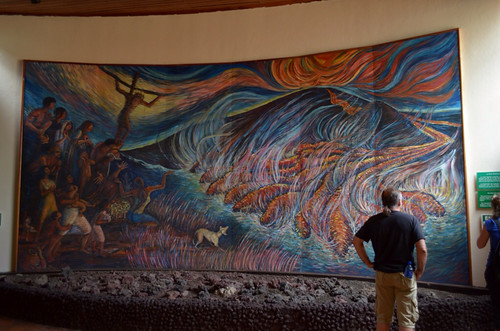
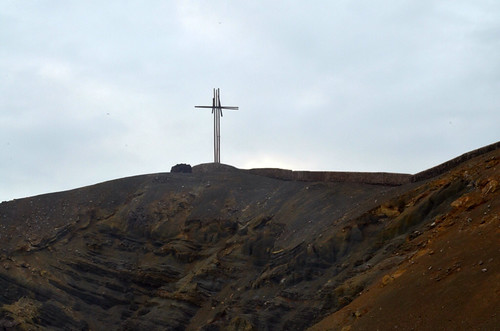
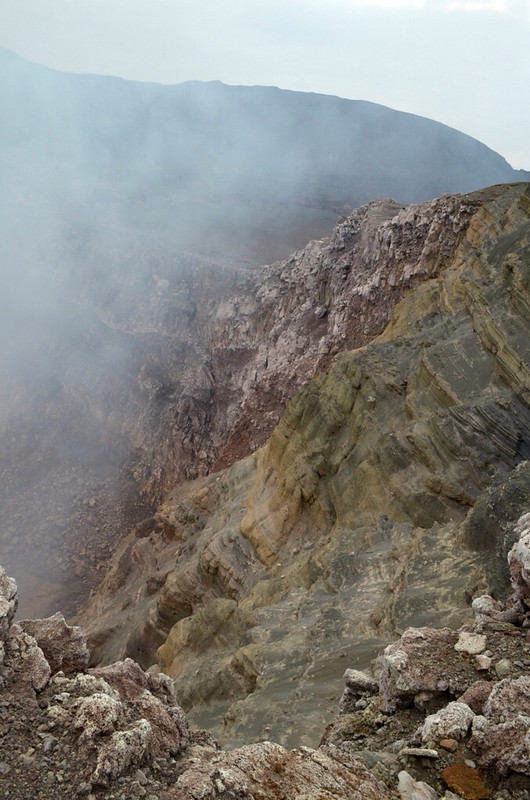
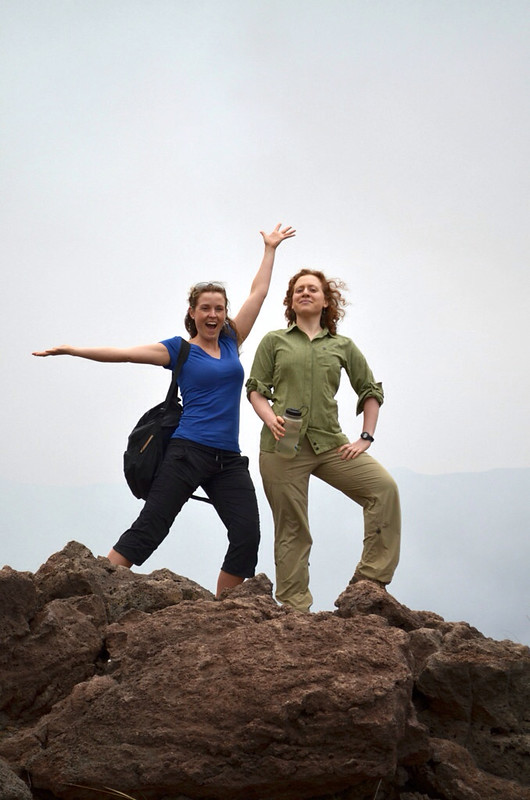
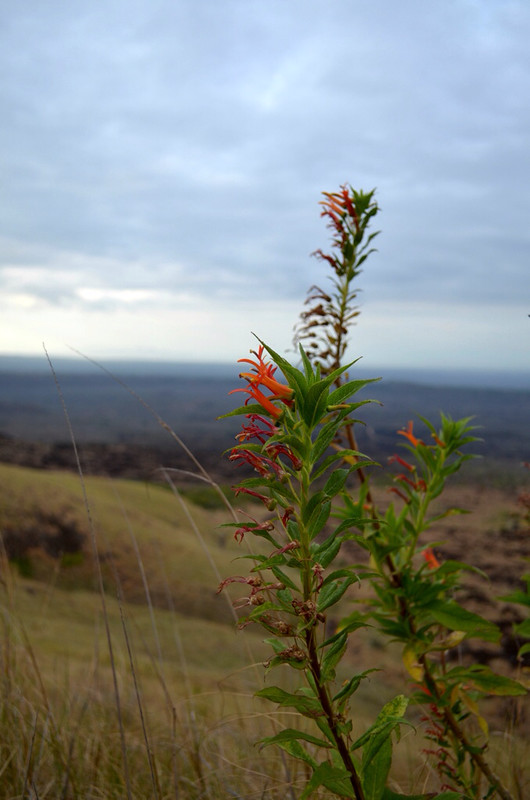
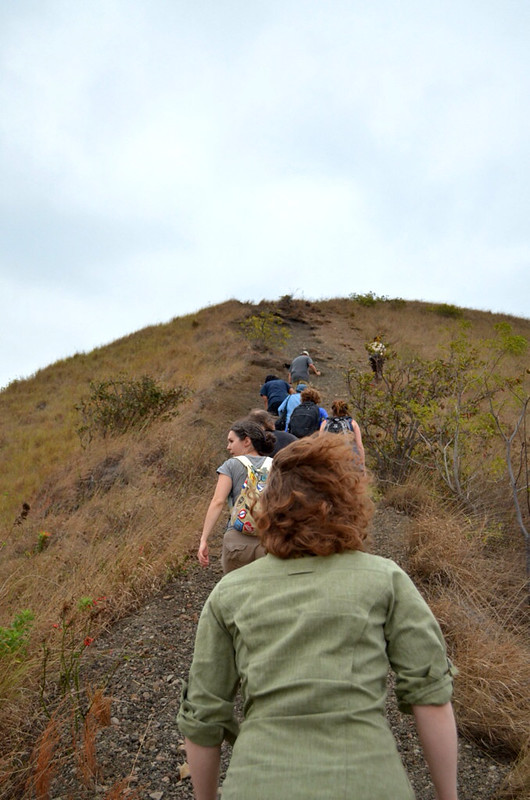

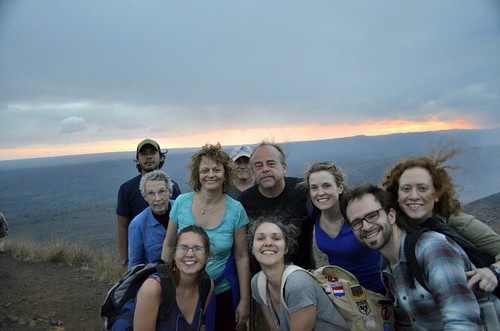

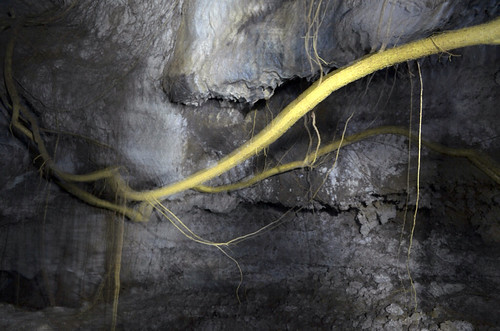
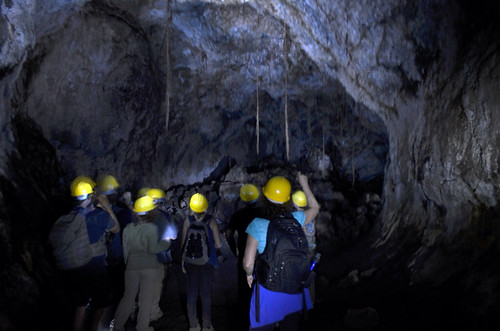
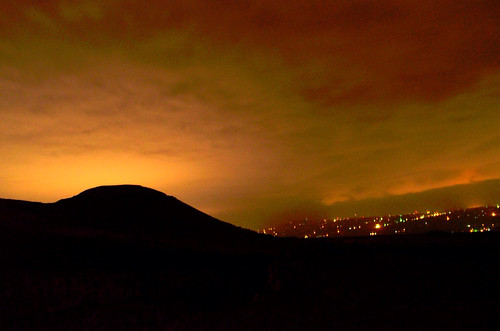
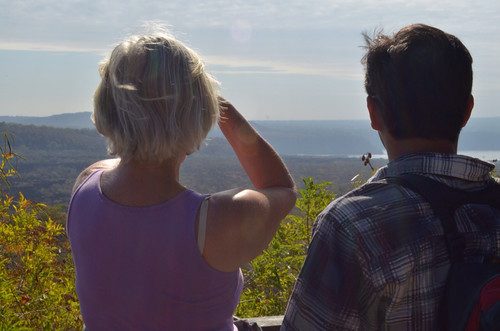
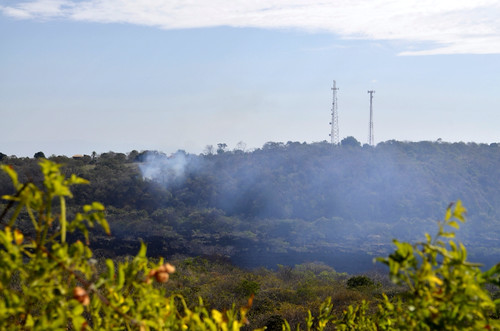
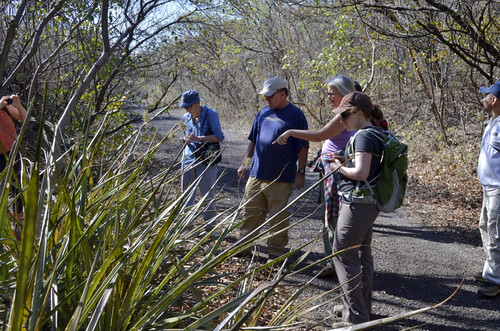
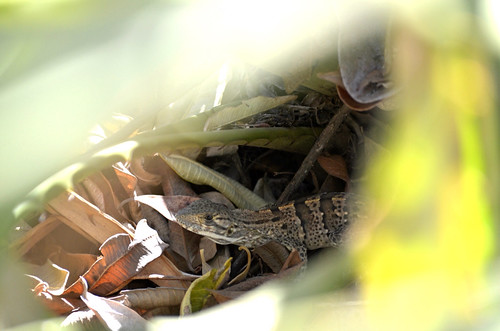
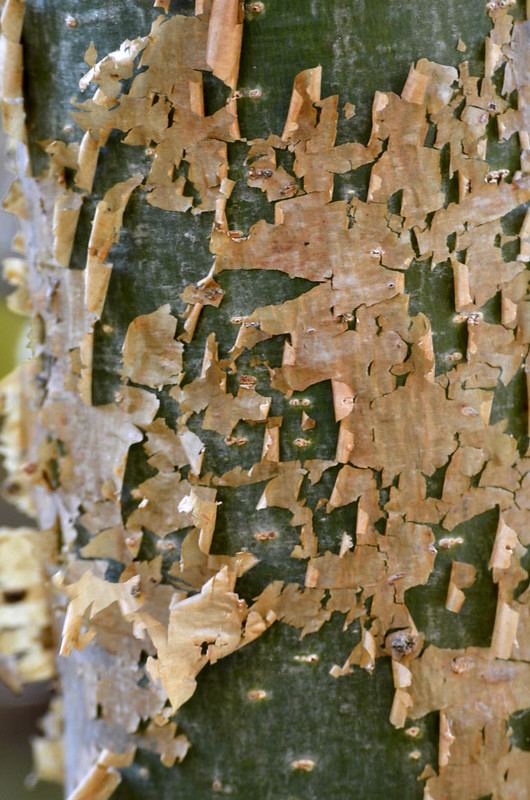
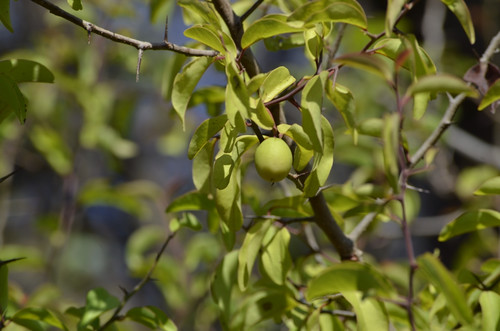



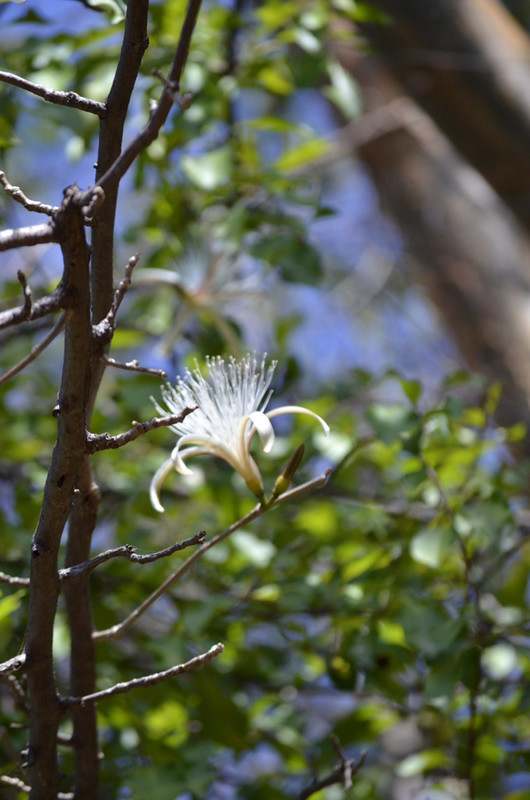
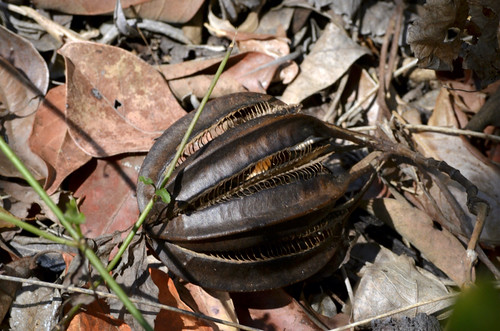

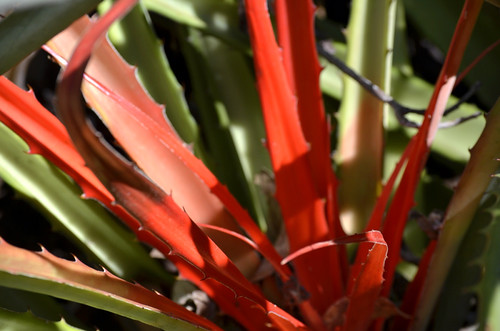
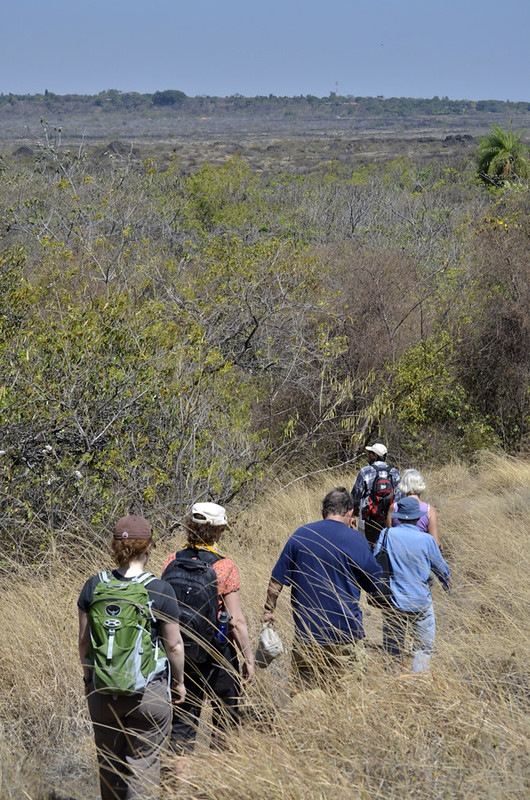
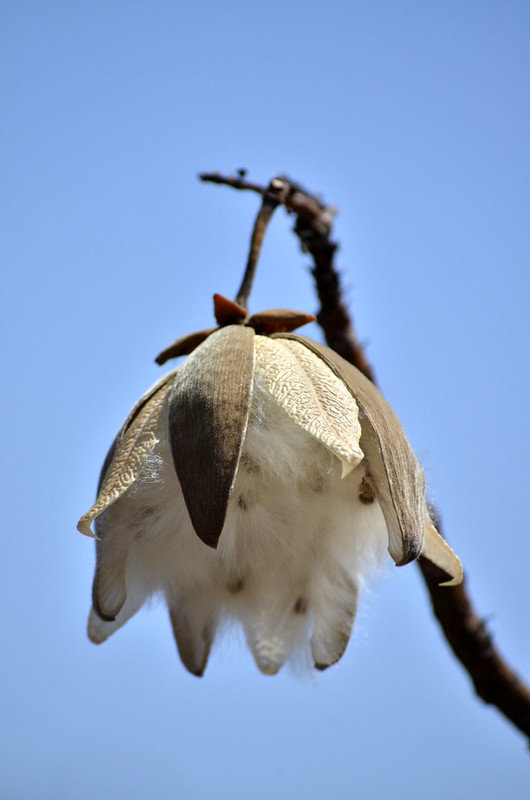
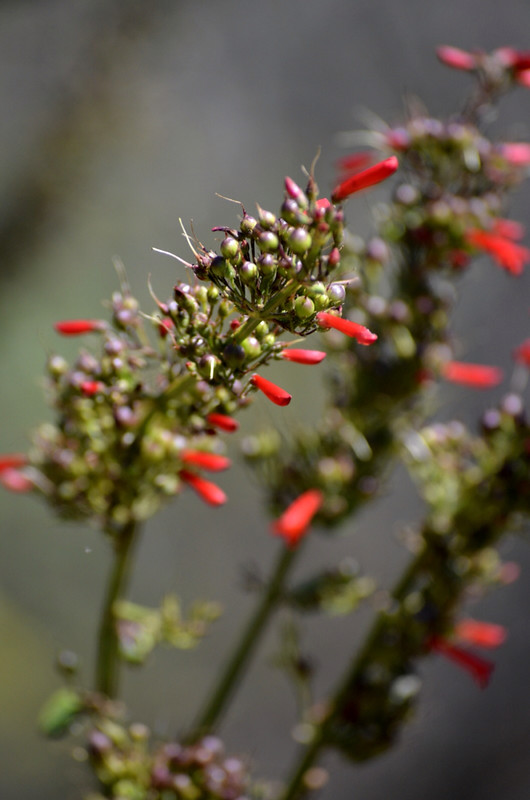
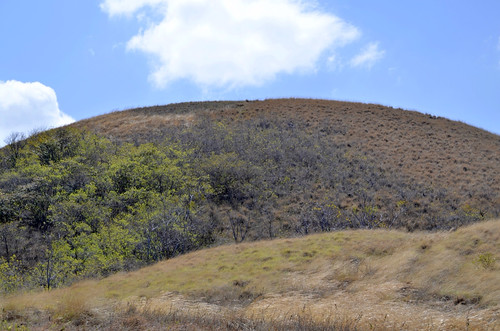
No comments:
Post a Comment